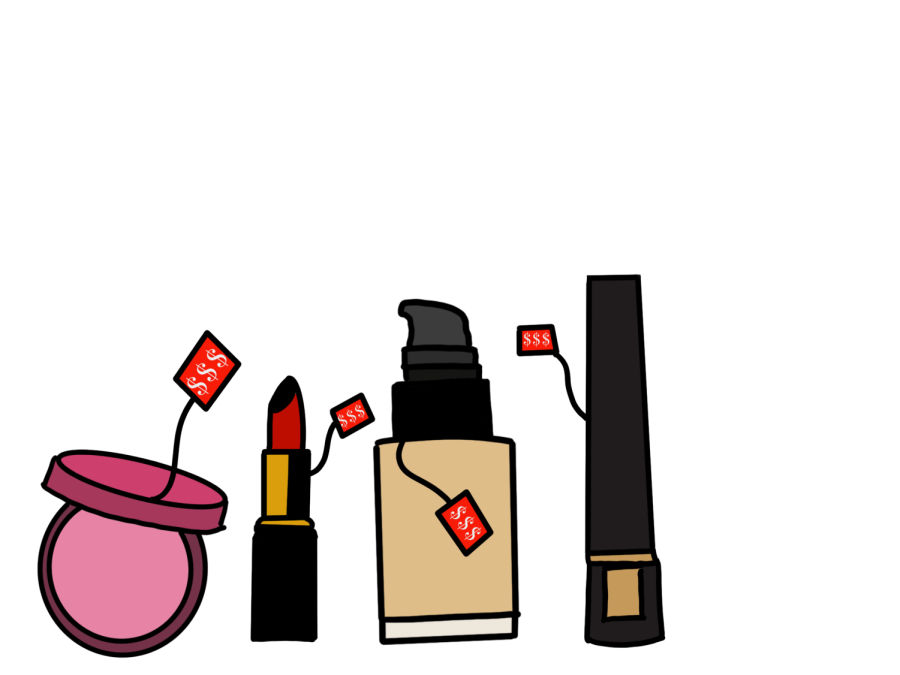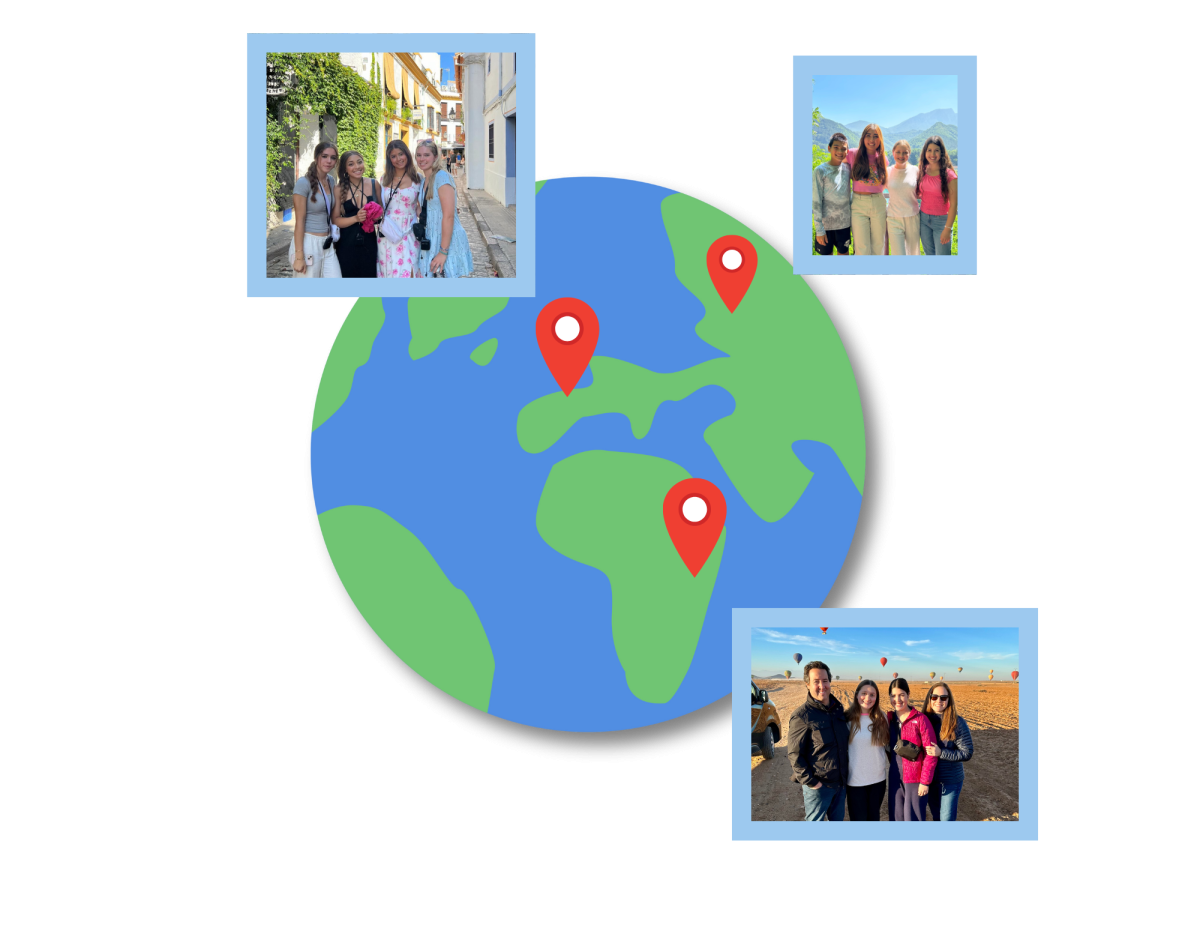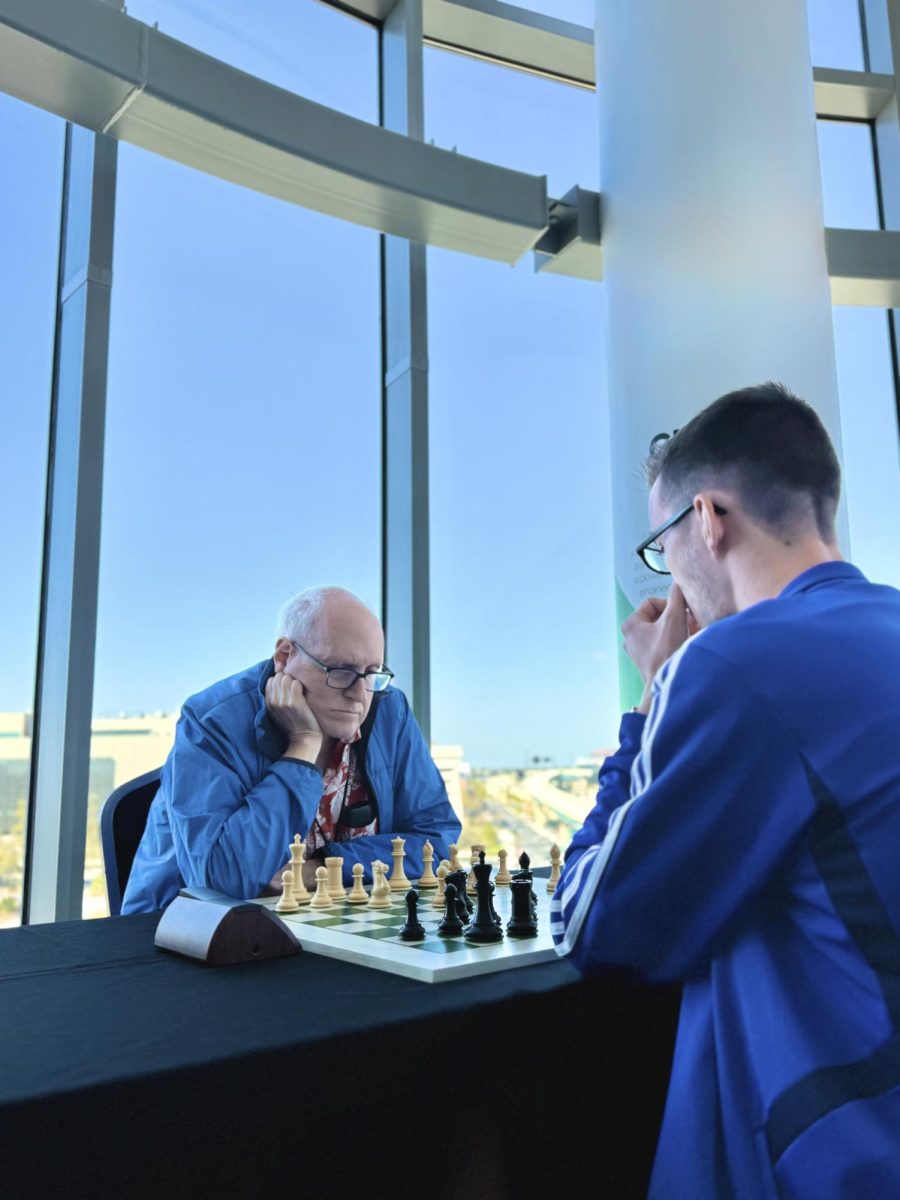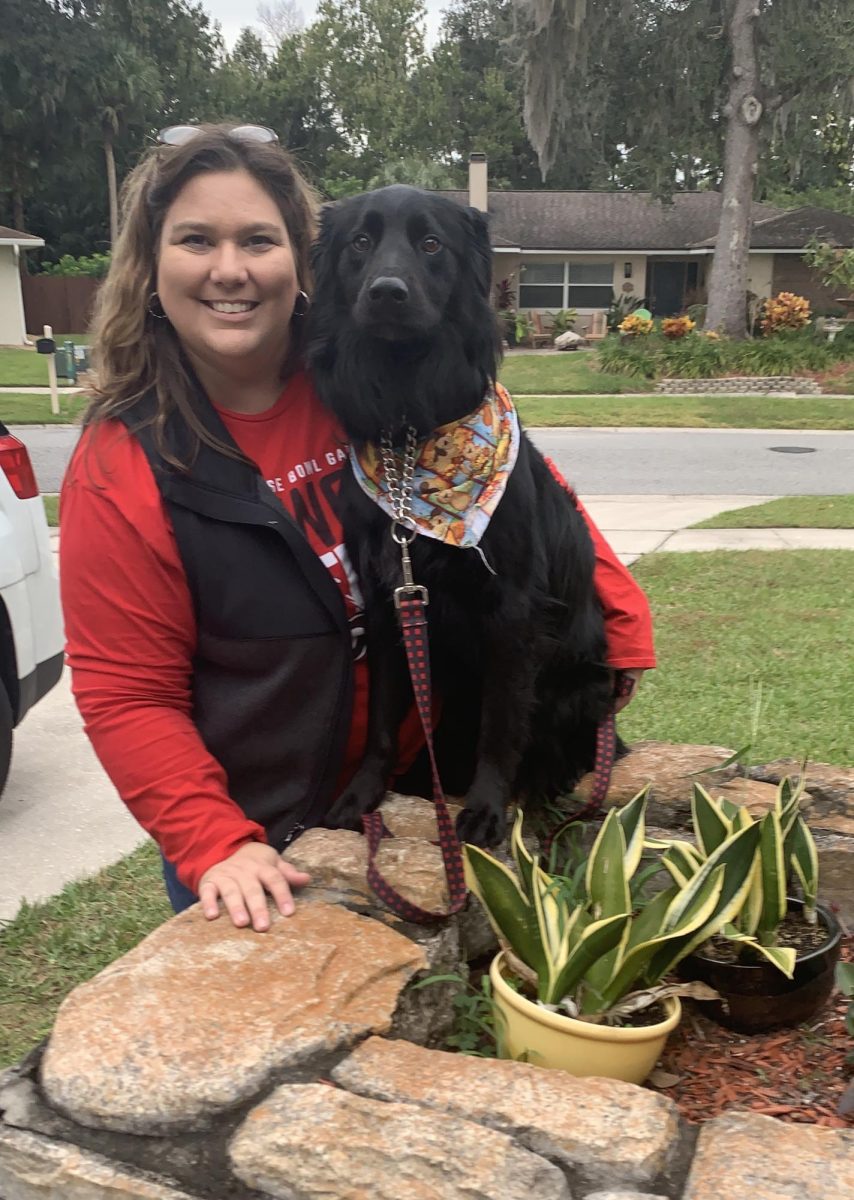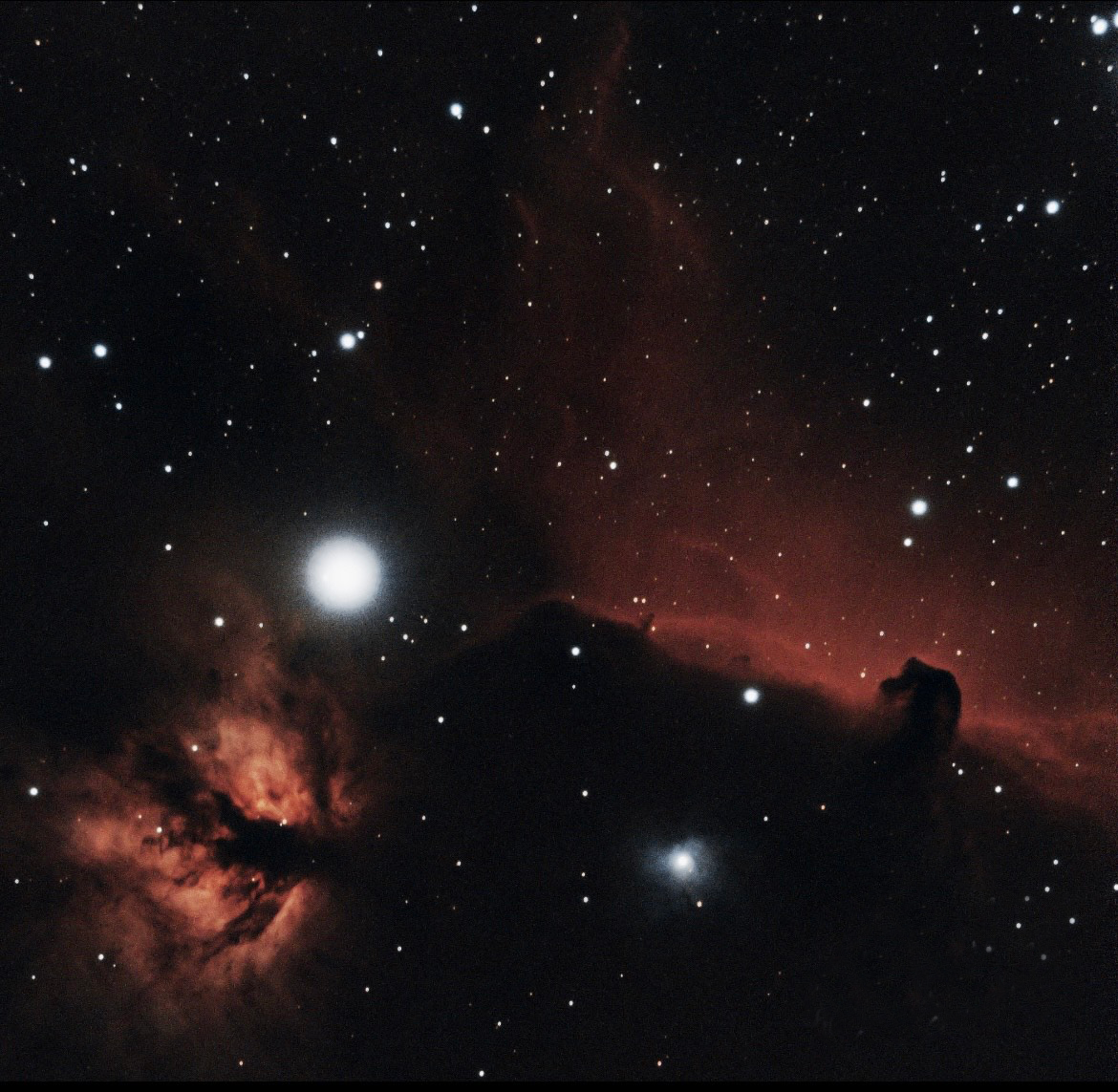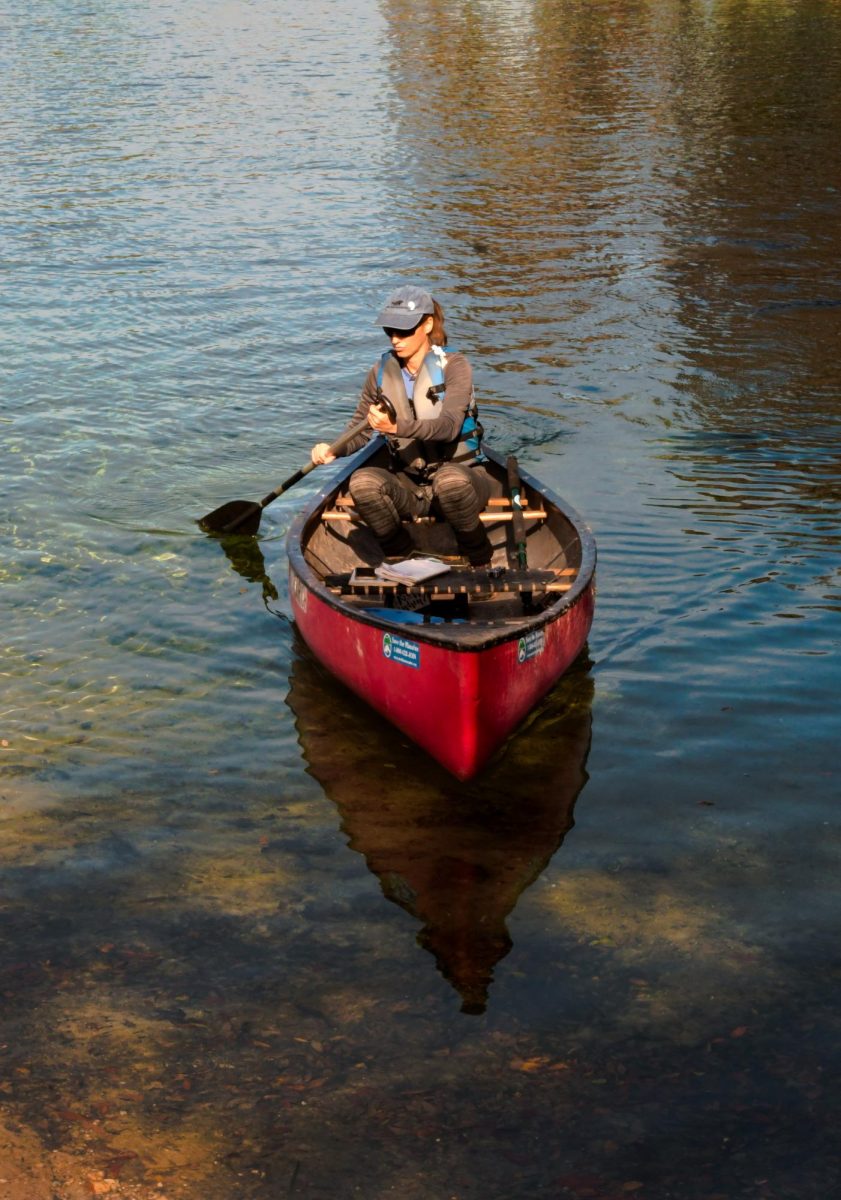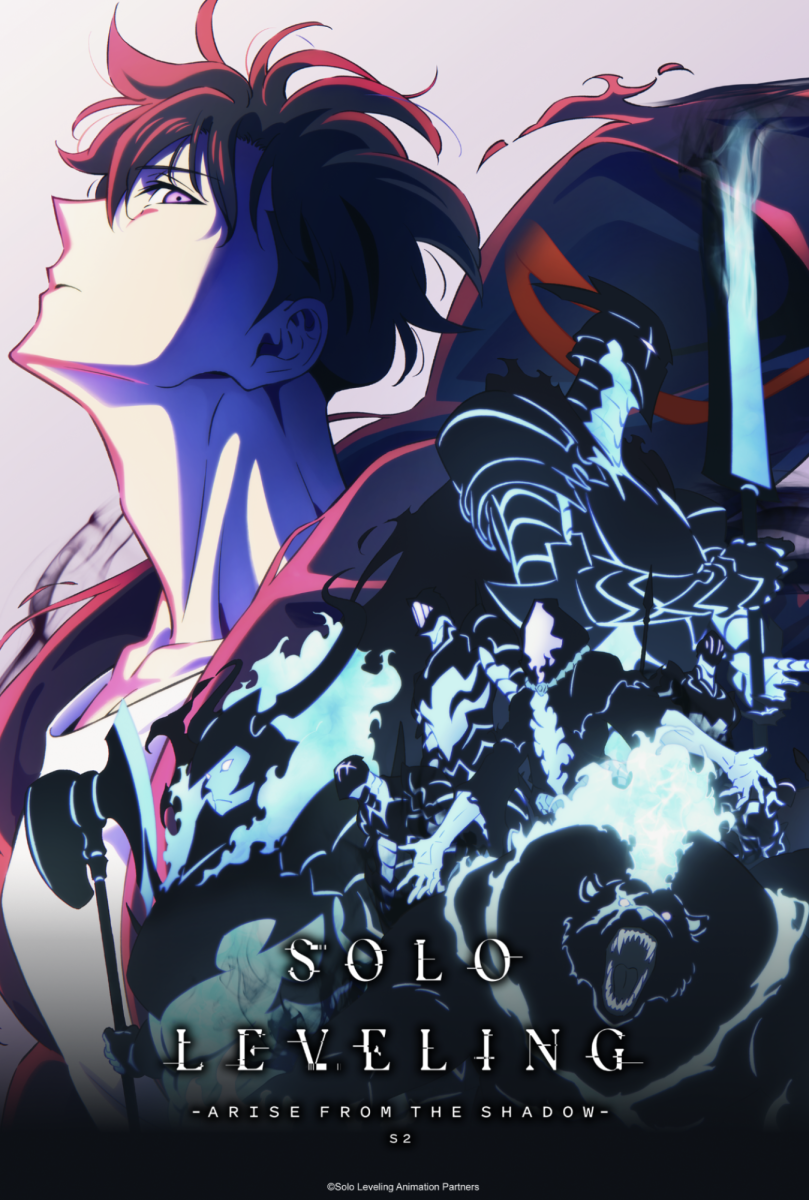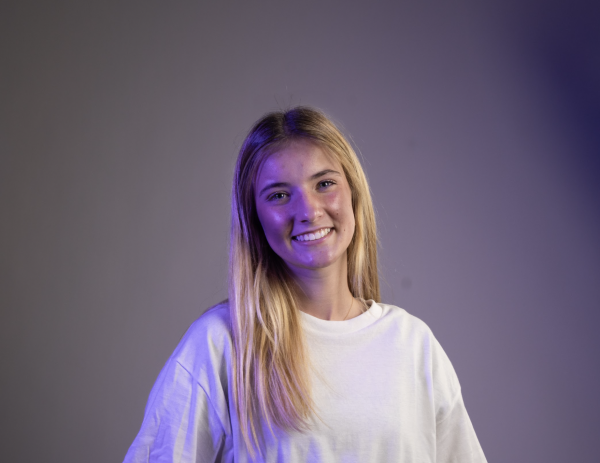Shopping for makeup is no easy task, especially when the price of makeup varies so much. From a $6 foundation to a $50 lipstick, it can become nearly impossible to choose the makeup that works for your skin and lands in your price range.
According to Precedence Research, the cosmetic industry is valued at $375 billion and is expected to reach $560 billion by 2030. Recently, drugstore cosmetic companies have been “duping” more expensive and more sought-after products. This term refers to duplicate, as the products that are “dupes” are often trying to best duplicate the original product.
“I love dupes,” said freshman Eden Kiger, who uses makeup every day. “I think they give the same effect as the high-end product for just half the price.”
Companies such as Elf Cosmetics have been recently “duping” more and more products, often having the similar packaging or a spin off on the original name.
“I have used dupes, but not often,” alum Harper Wilcox said. “I usually choose makeup products that suit my own personal taste instead of following trends. The dupes I have tried, however, have been great.”
Social media has a major role in the cosmetics industry helping with the spread of newly released products, new techniques and influencing people to buy the best possible “dupe.”
“I think everything I own is influenced by what I see on social media,” Eighth grader Olivia Agnew said.
Most influencers on social media are paid to promote new products or new launches. On average, influencers can get paid anywhere from $5,000-20,000 per promotion post.
“I follow a lot of conceptual makeup artists and love to see what products they recommend and have discovered some amazing products through that,” Wilcox said, “Social media also allows me to keep up with product launches and find inspiration for my own looks.”
With the increasing demand for high-end products, the quality of these products has been recently challenged because companies have been needing to release more products quicker to keep up with current trends.
“I think people just buy expensive brands for the name instead of how the product actually works for their skin,” Kiger said.
These high-end companies often lower their quality control, by adding in low-quality ingredients, frequently causing poor skin reactions. The Dior Backstage Rosy Glow Blush retails for a high $40. This blush has been infamously known to produce little pigmentation and has a blurred reflection instead of a usable mirror making for a prime example of lowered quality control.
“Sometimes, a product will just not work on my skin, no matter how much I want to use it,” Wilcox said.
People often find themselves assuming that the more expensive a product, the better it will be. However, with many high-end brands, this is not the case. People have been paying for the fancy brand and not the best quality.
“In my opinion, unless I like the brand, I don’t buy expensive makeup because I feel like it’s not worth it,” Wilcox said.
Makeup has been a form of self-expression for years now and offers a wide variety of products for everyone, from simple everyday looks to heavy glam.
“When I’m in school, I wear makeup very consistently because I love to express myself through both makeup and clothing when I’m in class and spending time with my friends,” Wilcox said, “In the last couple of years, I’ve found my own personal makeup style and what works best for me and my features.”
Makeup users have not only been using makeup everyday but also in an artistry sense, creating intricate and colorful looks using SFX makeup.
“Experimenting with makeup is a major creative outlet for me” Wilcox said.
Makeup has served and continues to serve as a form of art, a form of self expression, and a confidence booster.
“I think makeup just makes me feel better about myself,” Kiger said.




